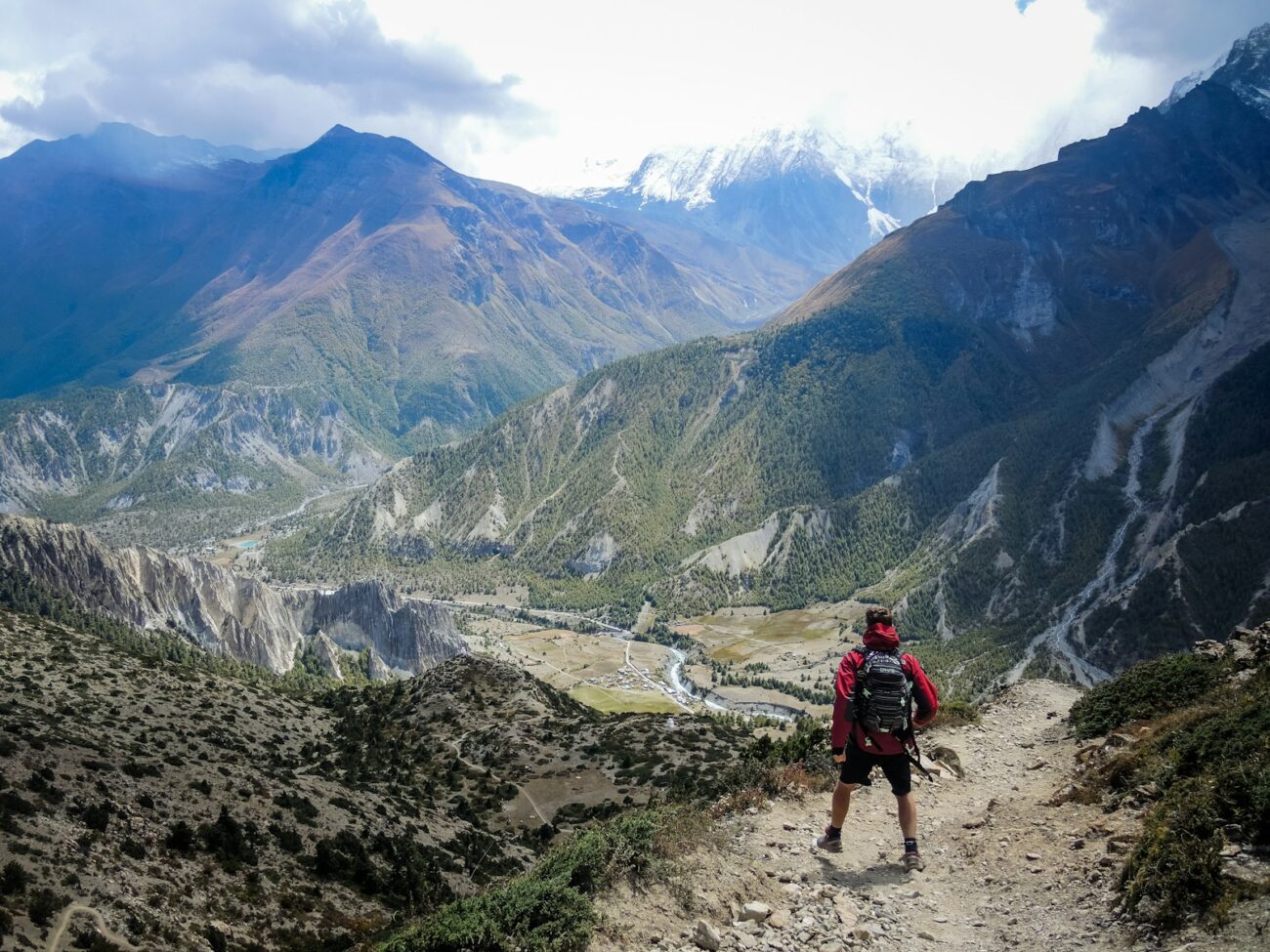America’s vast and varied landscape offers some of the most stunning hiking experiences in the world. From rugged mountain paths to desert adventures, these trails challenge not only your physical endurance but also reward you with views that genuinely leave you breathless. Whether you’re an experienced hiker or someone looking to push your limits, these 13 trails combine altitude, difficulty, and sheer natural beauty to create unforgettable outdoor experiences. Pack your hiking boots, bring plenty of water, and prepare for adventures that will test your lungs as much as they delight your eyes.
Angel’s Landing – Zion National Park, Utah

Perhaps the most famous lung-buster in America’s national park system, Angel’s Landing climbs 1,488 feet in just 2.5 miles, culminating in a narrow ridge with 1,000-foot drop-offs on both sides. The final half-mile features chains bolted into the rock to help hikers navigate the precarious path, adding an element of psychological challenge to the physical exertion. Oxygen seems in short supply not just from the elevation gain but from the stunning panoramic views of Zion Canyon that literally steal your breath away. The switchbacks known as “Walter’s Wiggles” about two-thirds of the way up serve as a testing ground for many hikers, with some choosing to end their journey at Scout Lookout before the most exposed section begins.
Bright Angel Trail – Grand Canyon, Arizona
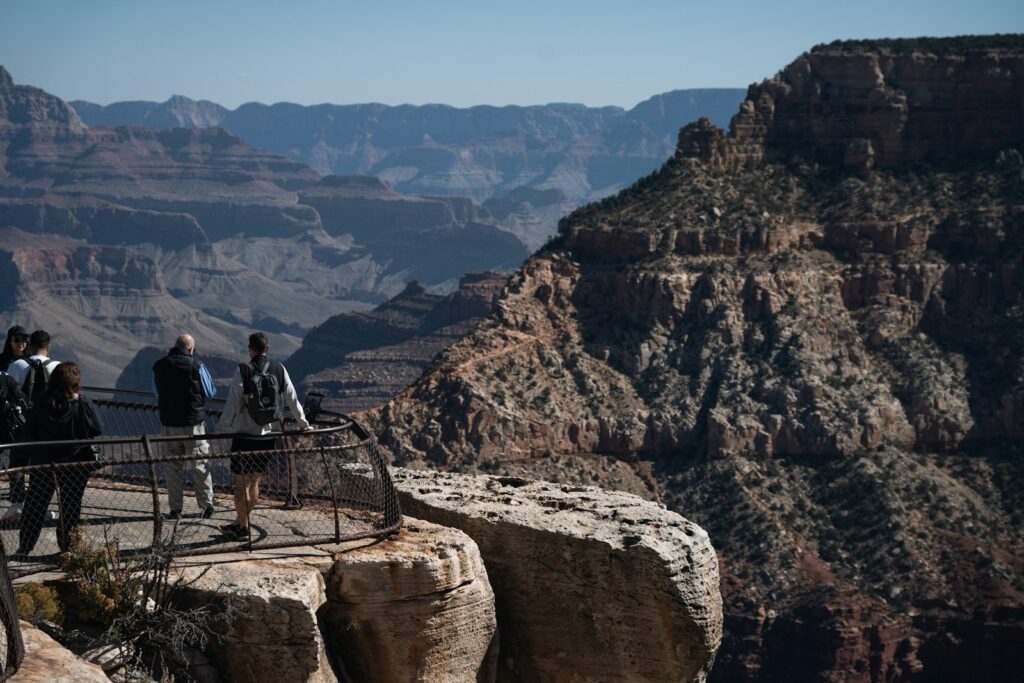
What goes down must come up, and this principle makes the Bright Angel Trail particularly deceptive and challenging. Beginning at the South Rim, hikers descend 4,380 feet into the canyon, enjoying seemingly easy downhill hiking with spectacular views of the layered rock formations. The true test comes on the return journey, when tired legs must climb the equivalent of 156 flights of stairs in thin air and potentially scorching heat that can reach 120°F in summer months. Park rangers rescue hundreds of unprepared hikers annually who underestimate this trail’s difficulty, making it essential to carry at least a gallon of water per person for a day hike.
The complete 12-mile round trip to Plateau Point is considered one of the most beautiful – and demanding – day hikes in the national park system.
Presidential Traverse – White Mountains, New Hampshire

Spanning the Presidential Range in New Hampshire’s White Mountains, this epic 23-mile trek crosses seven summits named after American presidents, including Mount Washington, the highest peak in the Northeast. What makes this trail particularly breath-taking is the combination of substantial elevation gain (around 9,000 feet total), unpredictable weather that can change in minutes, and long stretches above treeline exposed to powerful winds. Mount Washington itself holds the record for the highest wind speed ever recorded on Earth at 231 mph, and experiences hurricane-force winds over 100 days per year.
Most hikers require 2-3 days to complete the full traverse, though elite athletes attempt to complete it in a single grueling day, making this one of the most respected hiking challenges in the eastern United States.
Harding Icefield Trail – Kenai Fjords National Park, Alaska

Few trails transform the landscape before your eyes as dramatically as the Harding Icefield Trail in Alaska. This 8.2-mile round trip climbs 3,000 feet, beginning in lush forest before traversing meadows and ultimately emerging above treeline to reveal the spectacular Harding Icefield, a 700-square-mile expanse of ice that feeds 40 glaciers. The trail’s difficulty comes not just from its steepness but from the challenging conditions—hikers must often navigate snow fields even in summer months, and the weather can deteriorate rapidly at higher elevations. Wildlife encounters with black bears add another layer of excitement and potential stress to this already demanding hike.
The otherworldly views of Exit Glacier and the seemingly endless ice field stretching to the horizon create one of the most unique visual experiences in the American hiking world.
Kalalau Trail – Kauai, Hawaii

Tracing the stunning Na Pali Coast of Kauai, the Kalalau Trail combines tropical beauty with genuine danger in a way few other American trails can match. This 11-mile (one-way) route features narrow sections with sheer drops to the Pacific Ocean, stream crossings that can become impassable after rain, and the infamous “Crawler’s Ledge”—a narrow path across a cliff face that has hikers pressing themselves against the mountain. The trail’s difficulty is compounded by Hawaii’s humid climate and frequent rainfall, which creates slippery conditions on already treacherous terrain.
The reward for this challenging journey is access to Kalalau Beach, a pristine stretch of sand accessible only by this trail or by boat, and the chance to experience the emerald valleys and dramatic sea cliffs that have featured in countless films but can only truly be appreciated on foot.
Mount Whitney Trail – Sequoia National Park, California

As the highest peak in the contiguous United States at 14,505 feet, Mount Whitney presents oxygen-deprived challenges even on its “easiest” route. The main trail spans 22 miles round-trip with 6,100 feet of elevation gain, crossing multiple climate zones as hikers ascend from desert chaparral to alpine environment. The combination of altitude, distance, and exposure makes this trail particularly demanding, with many hikers experiencing symptoms of altitude sickness including headaches, nausea, and shortness of breath. Most hikers start in darkness around 2-3am to reach the summit by midday and return before afternoon thunderstorms develop, making for an exceptionally long day of exertion.
The 97 switchbacks on the trail’s steepest section have become infamous among hikers, though the sweeping views across the Sierra Nevada and Great Basin from the summit make the effort worthwhile.
Mauna Loa Summit Trail – Hawaii Volcanoes National Park, Hawaii
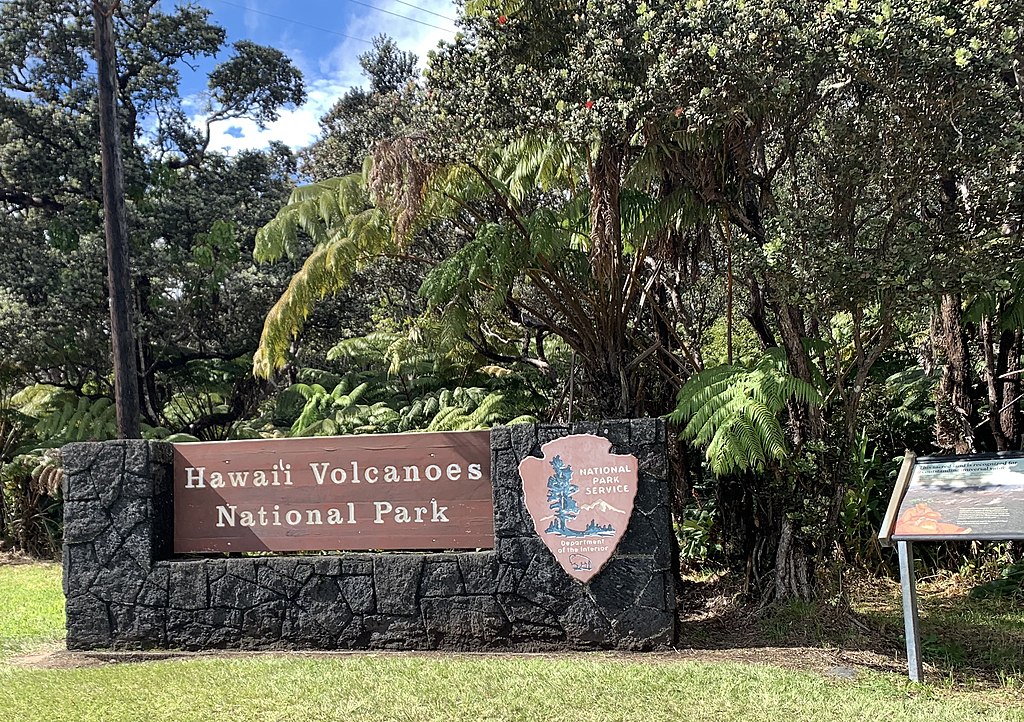
Climbing the world’s largest active volcano provides a hiking experience unlike any other in America. The Mauna Loa Summit Trail ascends 7,000 feet over 19.6 miles (one way) to reach the top of a volcano whose mass makes up roughly half of the entire island of Hawaii. What makes this trail particularly breath-taking is the rapid elevation gain combined with starting at an already high elevation of 6,662 feet at the trailhead, meaning oxygen levels are significantly lower than at sea level throughout the journey. Hikers traverse vast barren lava fields that resemble a lunar landscape, with minimal shade and extreme temperature fluctuations between day and night.
The combination of difficult terrain, high altitude, and isolation (hikers must be entirely self-sufficient) makes this one of the most challenging and unique high-altitude experiences in the United States.
Cactus to Clouds Trail – Palm Springs, California

Holding the distinction of having the greatest elevation gain of any day hike in the United States, the Cactus to Clouds Trail is a genuine test of endurance and determination. Beginning in Palm Springs at 470 feet above sea level, hikers climb an astonishing 10,300 feet over 16 miles to reach San Jacinto Peak at 10,834 feet. This remarkable vertical challenge takes hikers from desert heat that can exceed 100°F at the start to potential snow at the summit, all in a single day. The trail’s first section, known as the Skyline Trail, is particularly brutal with limited shade and no water sources, forcing hikers to carry all their water for the 8-mile, 8,000-foot climb to the Palm Springs Aerial Tramway station.
Many experienced hikers consider this the most physically demanding day hike in America, with the extreme elevation gain literally leaving them gasping for breath as they ascend from desert floor to mountain peak.
The Maze – Canyonlands National Park, Utah
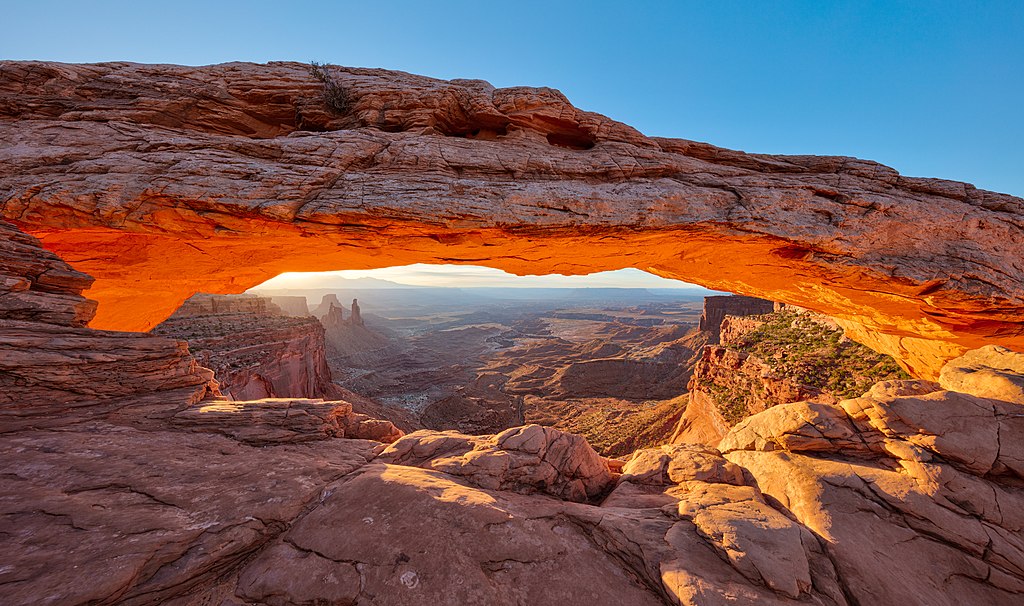
Unlike trails that challenge with elevation gain, The Maze tests hikers with its disorienting complexity and extreme isolation in one of America’s most remote wilderness areas. This network of narrow sandstone canyons in the least-visited district of Canyonlands requires advanced navigation skills, as the convoluted passages form a natural labyrinth where GPS signals are often blocked by high canyon walls. The breathtaking aspect comes not just from the physical demands of scrambling up and down slickrock and through tight passages, but from the psychological pressure of knowing that help is hours away in case of emergency. Park rangers warn that a rescue operation could take up to three days to reach an injured hiker in some sections.
The reward for braving this challenging landscape is experiencing true wilderness solitude among towering red rock formations and ancient rock art in an environment that has changed little since prehistoric times.
Mist Trail to Half Dome – Yosemite National Park, California

Perhaps the most iconic day hike in America’s national park system, the trail to Half Dome combines spectacular scenery with genuine physical challenge. The complete route covers 14-16 miles round trip with 4,800 feet of elevation gain, culminating in the famous cable section—a 400-foot near-vertical climb up the granite face of Half Dome using steel cables as handrails. The trail begins with the stunning Mist Trail past Vernal and Nevada Falls, where hikers are often soaked by powerful mist from the waterfalls before beginning the serious climbing. The final cable section requires not just physical strength but mental fortitude as hikers pull themselves up the 45-60 degree slope with hundreds of feet of exposure on either side.
The combination of distance, elevation gain, and the intimidating final climb makes this one of America’s most breathtaking challenges, though the panoramic views of Yosemite Valley from the summit make it clear why permits for this hike are among the most sought-after in the national park system.
Barr Trail – Pikes Peak, Colorado
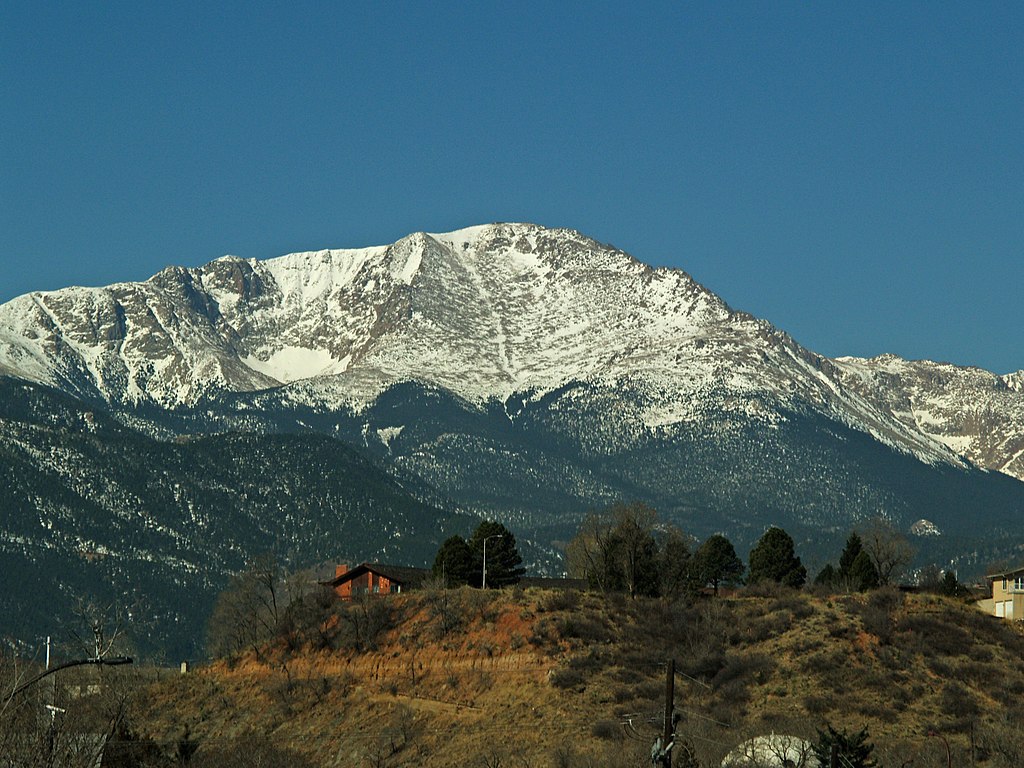
The route to the summit that inspired “America the Beautiful” presents one of the country’s most challenging elevation gains, climbing 7,800 feet over 13 miles to reach the 14,115-foot summit of Pikes Peak. What makes this trail particularly breath-taking is not just the physical exertion but the dramatic change in ecosystems, from foothills to alpine tundra, all while the air grows progressively thinner. Many hikers underestimate the effects of altitude, especially above 10,000 feet where oxygen content is approximately 30% lower than at sea level, leading to headaches, dizziness, and literally struggling to catch one’s breath. The final three miles above treeline expose hikers to potential lightning storms and rapid weather changes, adding an element of danger to the already strenuous climb.
The unique aspect of this summit is the visitor center at the top (accessible by car and cog railway), creating the unusual situation where exhausted hikers arrive at a busy tourist destination complete with the famous Pikes Peak donuts.
Four Pass Loop – Maroon Bells, Colorado

Frequently cited as one of America’s most beautiful backpacking routes, the Four Pass Loop in Colorado’s Maroon Bells-Snowmass Wilderness combines spectacular scenery with the oxygen-depleting challenge of crossing four mountain passes each exceeding 12,000 feet in elevation. The 26-mile loop takes most hikers 3-4 days to complete, with each day featuring a lung-busting climb to cross one of the passes: West Maroon (12,500 ft), Frigid Air (12,415 ft), Trail Rider (12,420 ft), and Buckskin (12,500 ft). The trail winds through aspen groves, alpine meadows erupting with wildflowers in summer, and past pristine mountain lakes, all while circling the distinctive red-hued Maroon Bells peaks.
What makes this trail particularly challenging is the cumulative effect of repeatedly climbing to high altitude and the thin air throughout the entire route, which rarely drops below 10,000 feet, causing many hikers to experience shortness of breath even on relatively flat sections.
Muir Snowfield – Mount Rainier, Washington
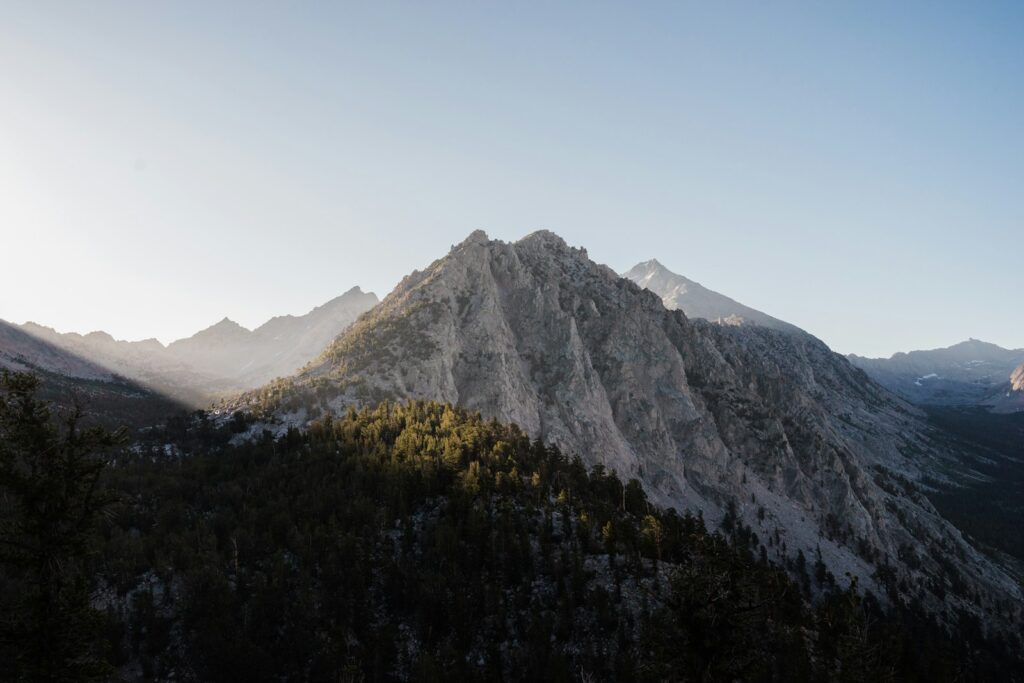
For a genuine taste of mountaineering without technical climbing, the Muir Snowfield route on Mount Rainier offers one of America’s most accessible high-altitude challenges. Beginning at Paradise visitor center at 5,400 feet, hikers climb 4,600 feet over 4.5 miles to reach Camp Muir at 10,080 feet, traversing a permanent snowfield for much of the route. What makes this trail literally breathtaking is not just the steep ascent but the combination of altitude effects and the potential for severe weather, as the mountain creates its own weather systems that can change rapidly.
The route offers no shelter once above treeline and poor visibility can make navigation extremely challenging, with several fatalities occurring over the years when hikers became disoriented in whiteout conditions. For those who make it to Camp Muir, the reward is standing at the base of Rainier’s upper glaciers with spectacular views across the Cascade Range and the unique experience of visiting a high mountain basecamp used by climbers attempting the summit.
Conclusion
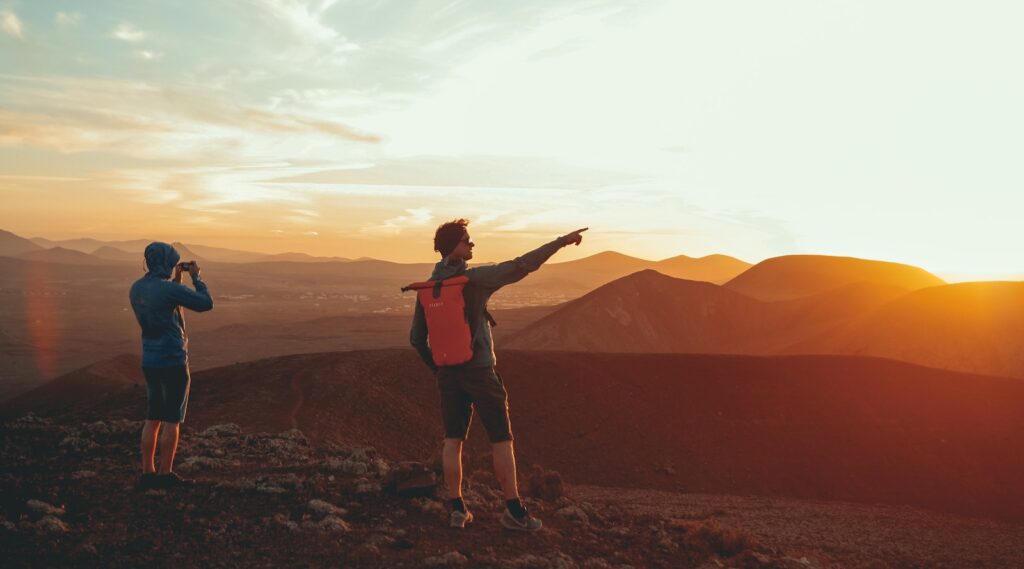
America’s breathtaking trails offer more than just scenic views – they present genuine physical and mental challenges that test hikers’ endurance, determination, and capacity for wonder. These 13 trails represent some of the most demanding and rewarding outdoor experiences the country has to offer, each combining unique landscapes with physical challenges that literally leave hikers short of breath. Whether it’s the thin air of high-altitude peaks, the psychological stress of exposed ridges, or simply the sustained effort required to complete these epic routes, these trails remind us that sometimes the most rewarding views come after the hardest climbs.
For those willing to push their limits, these pathways through America’s wild places offer transformative experiences that expand not just our lungs, but our appreciation for the country’s natural diversity and grandeur.

